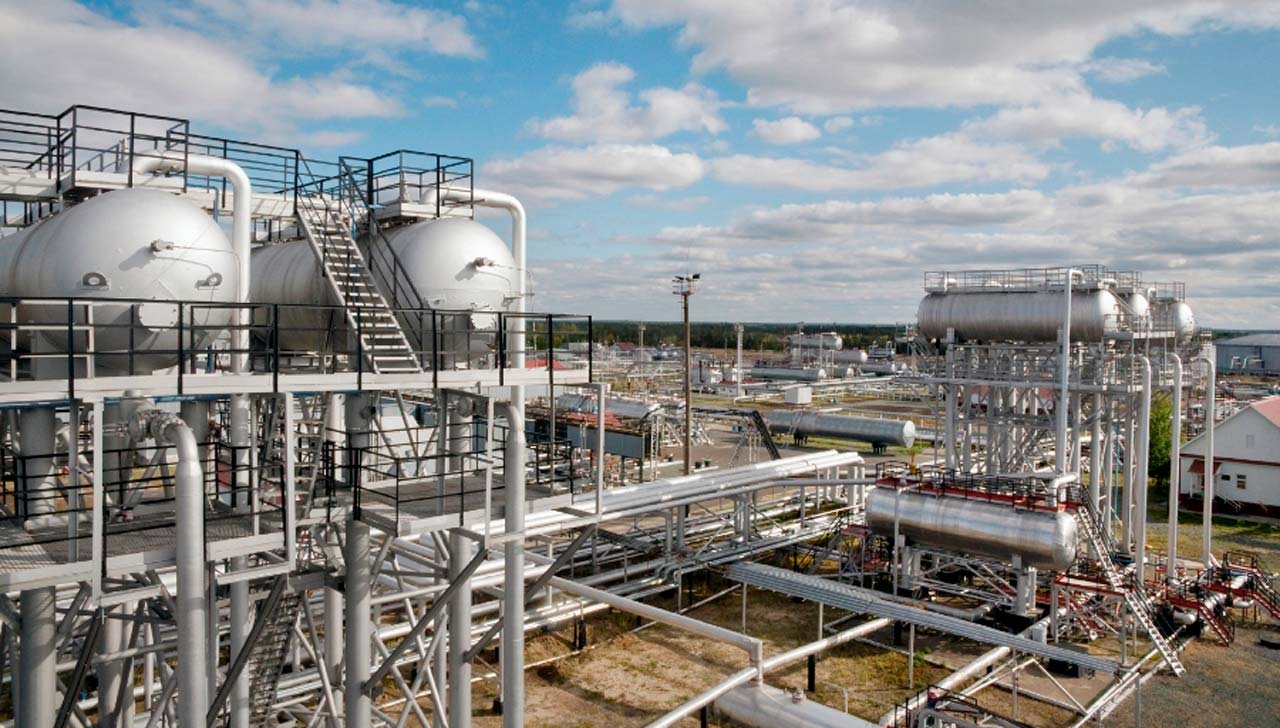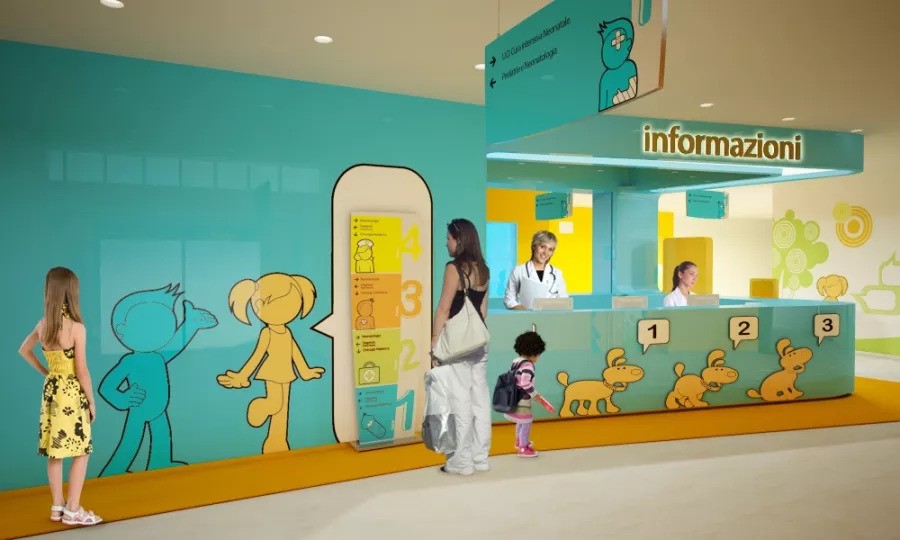Gas distribution installations play a crucial role in supplying clean and efficient energy to homes, businesses, and industries around the world. As technology advances and environmental concerns become more prominent, the gas distribution sector is undergoing a transformative phase. This article explores the latest innovations in Prise fluide médical that are shaping the future of energy delivery.
- Smart Metering and Monitoring:
One of the significant advancements in gas distribution installations is the integration of smart metering and monitoring systems. Traditional gas meters are being replaced by smart meters that provide real-time data on gas consumption. These devices not only offer accurate billing but also empower consumers to monitor and manage their energy usage efficiently. Moreover, gas distribution companies can identify leaks and optimize their infrastructure for better performance and safety.
- Renewable Gas Integration:
As the world moves towards a more sustainable future, gas distribution installations are incorporating renewable gases into their networks. Biogas, produced from organic waste, and hydrogen, generated through electrolysis or other sustainable methods, are being injected into existing gas pipelines. This integration not only reduces the carbon footprint of gas distribution but also enhances the overall environmental sustainability of energy systems.
- Advanced Leak Detection Technologies:
Ensuring the safety and reliability of gas distribution systems is paramount. Advanced leak detection technologies, such as infrared cameras, acoustic sensors, and machine learning algorithms, are being employed to identify and locate leaks swiftly. This not only minimizes the risk of accidents but also helps gas distribution companies proactively address potential issues before they escalate.
- Remote Control and Automation:
Automation is becoming increasingly prevalent in gas distribution installations. Remote control systems enable operators to monitor and control various aspects of the distribution network from a centralized location. This not only improves operational efficiency but also enhances the responsiveness of gas distribution systems to changing demands and emergencies.
- Predictive Maintenance:
Predictive maintenance is a game-changer in the gas distribution industry. By leveraging data analytics and machine learning, operators can predict when equipment is likely to fail and schedule maintenance proactively. This approach reduces downtime, extends the lifespan of equipment, and ultimately improves the reliability of gas distribution installations.
- Decentralized Energy Systems:
The rise of decentralized energy systems is reshaping the landscape of gas distribution. Instead of relying solely on centralized gas plants, smaller-scale systems are emerging, allowing for more localized energy production and distribution. This approach enhances energy resilience and provides flexibility in adapting to changing energy needs within communities.
Conclusion:
Gas distribution installations are undergoing a transformative evolution driven by technological advancements and the growing emphasis on sustainability. From smart metering and renewable gas integration to advanced leak detection and decentralized energy systems, these innovations are shaping a more efficient, reliable, and environmentally conscious future for the gas distribution industry.



